You are using an out of date browser. It may not display this or other websites correctly.
You should upgrade or use an alternative browser.
You should upgrade or use an alternative browser.
these new trucks are huge
- Thread starter bnew
- Start date
More options
Who Replied?these cars are hitting more people than deer.what they don't point out is that while its more dangerous to pedestrians, its safer for the driver of the truck for you to run over something rather than having it roll up your hood.
When people die from hitting deer in the road for example its always because the little cars clipped the deers legs and they rolled into the windshield directly into the driver.
So really its a question of whose safety you value more when driving, you own, or people you might hit. if you are more concerned about your own safety during collisions then what this video shows is actually a desirable trait of large trucks.



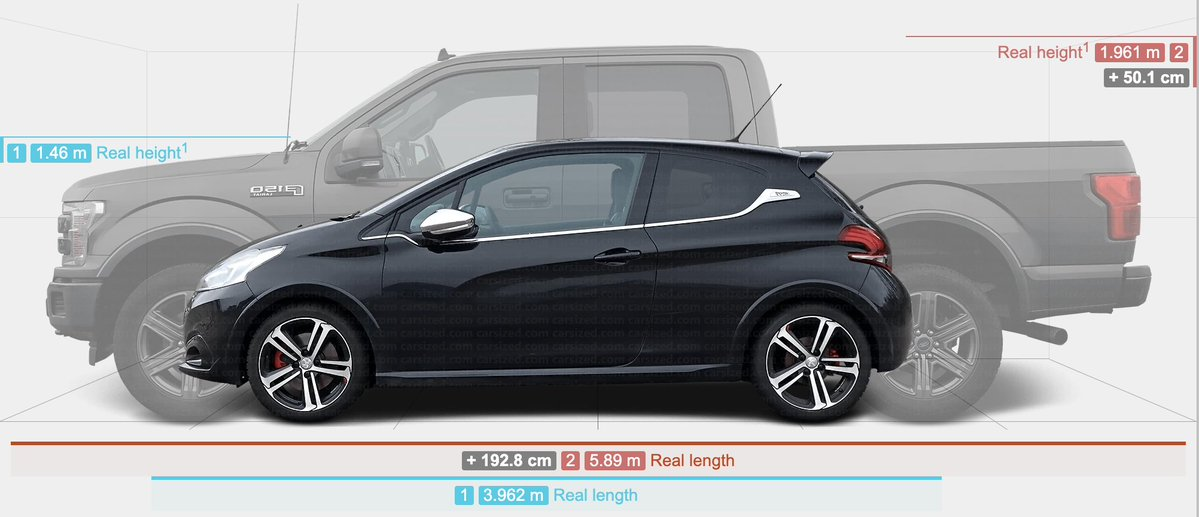
David Ho (@davidho@mastodon.world)
Attached: 1 image The best-selling vehicle in France vs. the US in 2022.
Womb Raider
sigh….*unzips pants*
They need to limit who can buy those fukking trucks…someone rear ended my Lexus a couple months ago and totaled it. Pulled off too.
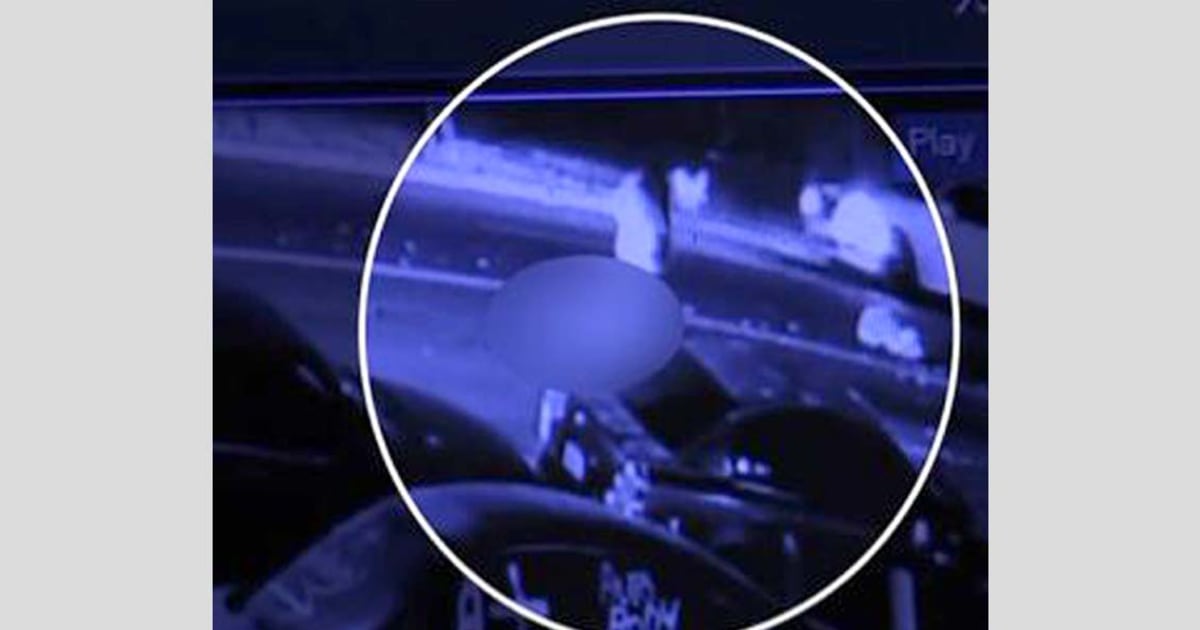
A California man dies after 3 different drivers hit him but never stop
Two of the vehicles were traveling the wrong way, authorities said.
A California man dies after 3 different drivers hit him but never stop
Two of the vehicles were traveling the wrong way, authorities said.Jan. 16, 2024, 4:54 PM EST
By Tim Stelloh
A Southern California pedestrian died after he was struck by three separate vehicles and none of them stopped to help, authorities said.
He was hit about 11:45 p.m. Friday at an intersection roughly 20 miles northwest of downtown Los Angeles, the city’s police department said in a news release.
The pedestrian was identified only as possibly a Hispanic man in his 20s or 30s.
He was crossing San Fernando Road mid-block when a light-colored pickup truck traveling north in the southbound lanes hit him, knocking him to the ground, police said.
"He was breathing,” business owner Amgad Khalil, who saw the collision from his security camera video, told NBC Los Angeles. “He was trying to get up."
But the man was then struck by a large SUV that was also driving the wrong way, the department said.
The force of the second hit threw the pedestrian onto the road’s southbound lanes, where a midsize SUV ran over him, police said.
The pedestrian was pronounced dead at the scene, police said. No suspects have been publicly identified, and a police spokesperson said Tuesday that there were no updates.
"Nobody deserves this — nobody,” Khalil said. “I wouldn’t wish that on my enemy.”



David Ho (@davidho@mastodon.world)
Attached: 1 image The best-selling vehicle in France vs. the US in 2022.mastodon.world

There really is no reason for all these people to own a truck in this country.

Ford CEO Wants Americans to 'Get Back in Love' With the Small Cars Ford Gave Up On
Ford quit sedans in 2019, and the F-150 prints money. Still, Jim Farley says buyers need to get over their love for "monster vehicles."
Ford CEO Wants Americans to ‘Get Back in Love’ With the Small Cars Ford Gave Up On
Ford quit sedans in 2019, and the F-150 prints money. Still, Jim Farley says buyers need to get over their love for "monster vehicles."JOSÉ RODRÍGUEZ JR
Posted On Jul 2, 2024 3:45 PM EDT
3 Minute Read
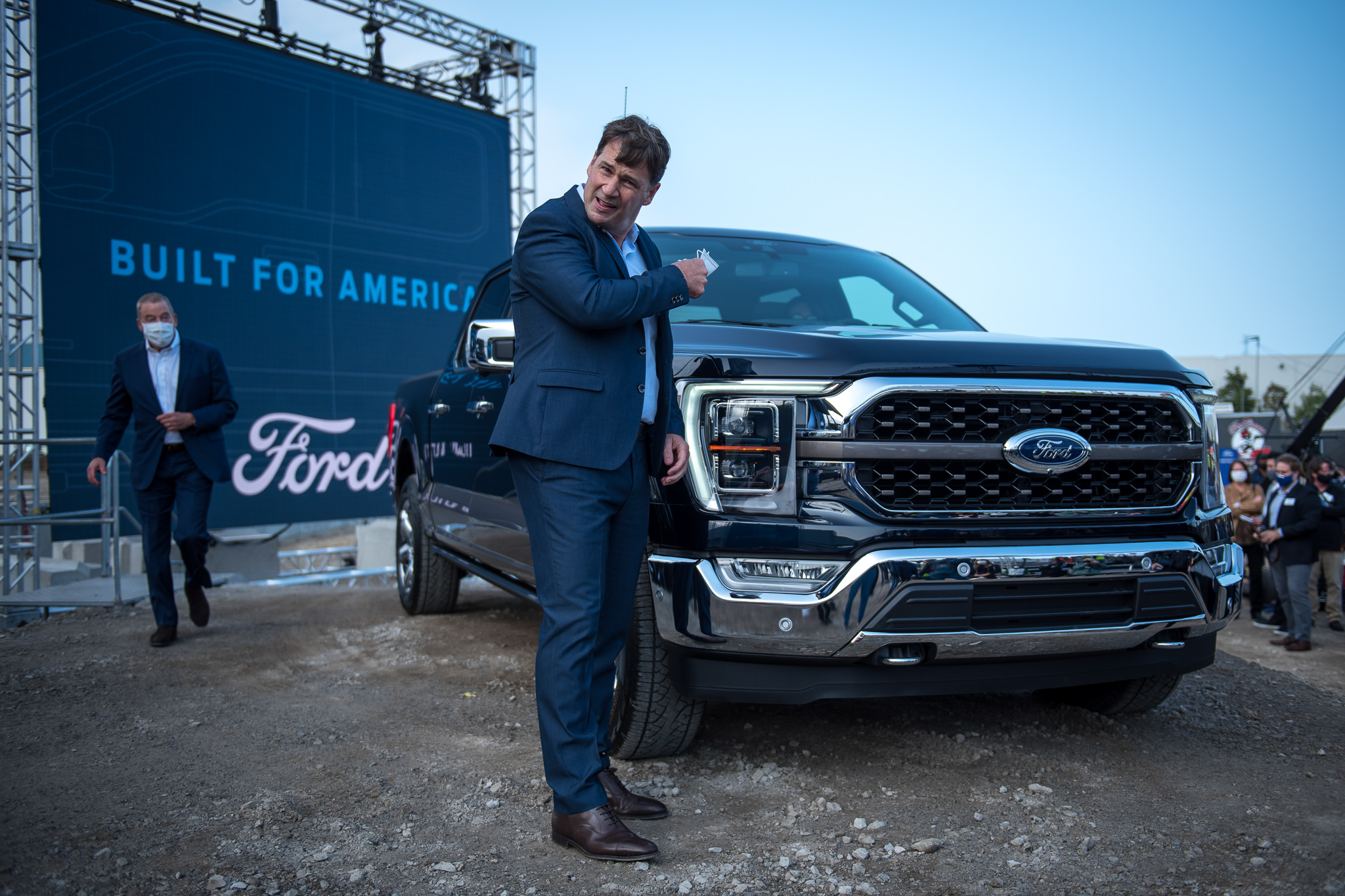
Nic Antaya via Getty
After killing off sedans and small cars in 2019, Ford CEO Jim Farley is now extolling their virtues and calling on Americans to fall back in love with smaller vehicles. That’s strange coming from an automaker that phased out small cars to focus on SUVs and pickup trucks, which seem to get bigger every generation. Ford is the preeminent maker of large vehicles in the U.S., what with the F-150 consistently being the best-selling model in the country every year. But now that EVs are the future we’re slowly but surely heading toward, Farley says America has to get over so-called “monster vehicles,” and get back to small cars, as CNBC reports.
You could say that Ford had an outsized role in steering us away from small cars and popularizing “monster vehicles,” so Farley’s statements are a bit frustrating. Just don’t read this as a newfound fondness for the kinds of cars that dominate markets overseas, such as those in Europe and China. Even in the U.S., Ford rivals like GM are seeing success with new small(ish) cars like the Chevy Trax.
The CEO of Ford tells CNBC that bigger vehicles have major weight issues, however, and goes on to explain how this is hurting the production of EVs due to the cost of batteries, saying, “You have to make a radical change as an [automaker] to get to a profitable EV. The first thing we have to do is really put all of our capital toward smaller, more affordable EVs […] These big, huge, enormous EVs, they’re never going to make money. The battery is $50,000. … The batteries will never be affordable.”
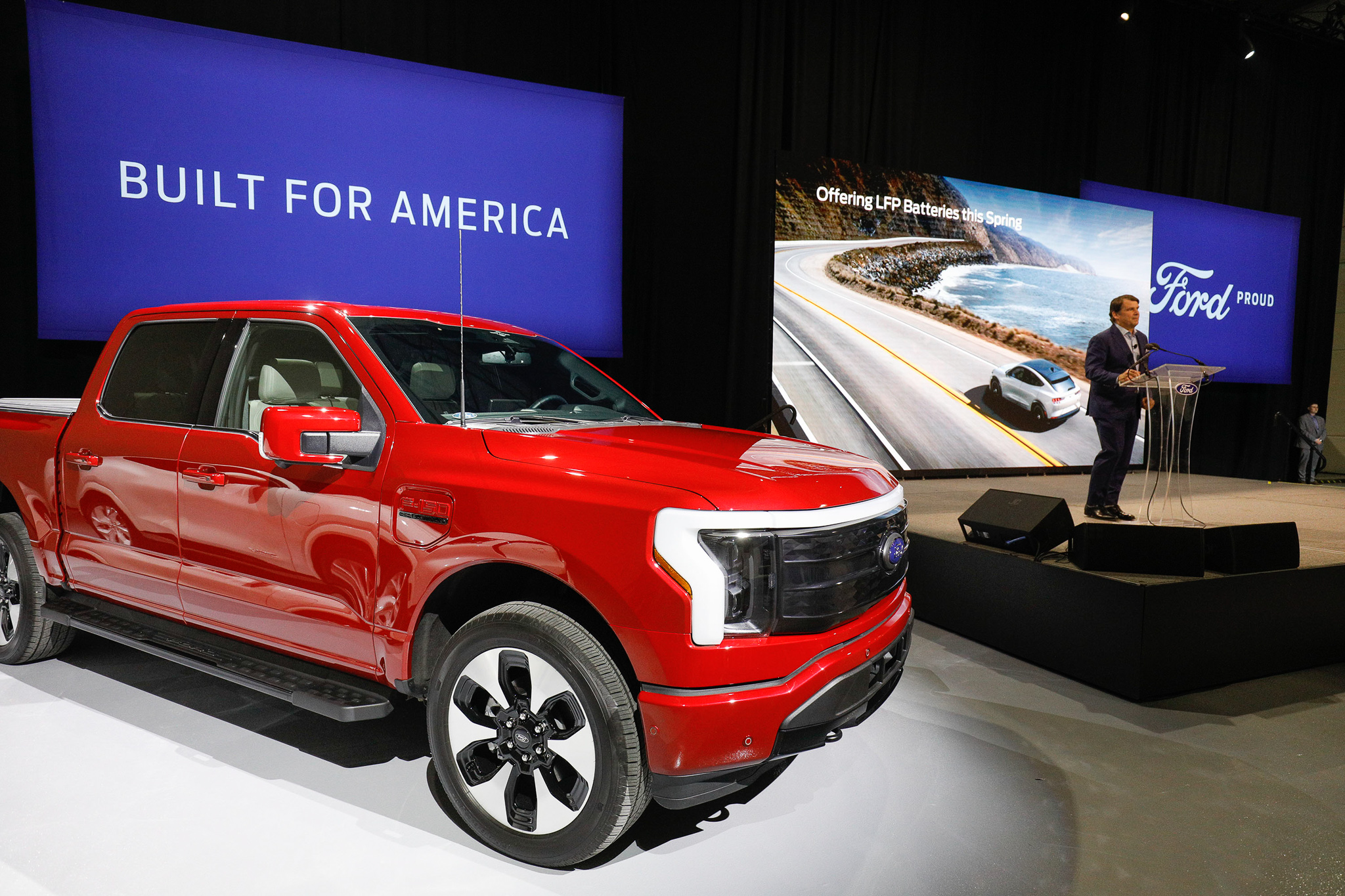
So, Farley isn’t exactly mourning the loss of the Ford Fiesta or protesting the Ford Puma’s absence in the U.S (although, in the Puma’s case, he has before). Farley’s preference for small cars is, of course, driven by his duty as CEO to increase profit. Now that Ford is reportedly aiming to make a $30,000 EV by 2027, which must be small to be profitable, Farley is trying to nudge people in the U.S. back to the very thing Ford turned away from. The chief executive went on to say, “We have to start to get back in love with smaller vehicles. It’s super important for our society and for EV adoption […] We are just in love with these monster vehicles, and I love them too, but it’s a major issue with weight.”
Ford later clarified to reporters that Farley was referring to large vehicles like the F-Series Super Duty, which would need massive batteries to achieve ranges of 500 miles or more, per CNBC. But that doesn’t really let Ford off the hook, because, for one, the company reiterates the fact that big heavy EVs are not viable, and, two, it lambastes the need for longer mile ranges, which some buyers in the U.S. continue to insist upon.
Outside of America, the best-selling EV models are compact vehicles with small batteries that yield comparatively low range. In China, the base model Wuling Hong Guang Mini EV gets under 100 miles of range, although it can go up to around 170 miles. Or, closer to home, the BYD Dolphin Mini for sale in Mexico can achieve just under 200 miles (on the NEDC testing cycle). It’s these kinds of small Chinese EVs that Ford and many others now fear. Farley added, “If we cannot make money on EVs, we have competitors who have the largest market in the world, who already dominate globally, already setting up their supply chain around the world,” he said. “And if we don’t make profitable EVs in the next five years, what is the future? We will just shrink into North America.”
Still, it’s notable that, even in North America, Ford is hinting at the return of small cars. It’s unlikely that Ford will ever make models to compete with the smallest Wuling and BYD EVs, but, at the very least, Ford could once again be embracing small entry-level cars in the U.S. Perhaps one day, we might see the electrified return of neat little vehicles like the Ford Fiesta ST, Focus SVT, Escort ZX2 or Probe. OK, probably not, but a guy can dream.

Got tips? Send ’em to tips@thedrive.com
the thing people forget to mention when they bring up bigger vehicles being more dangerous to pedestrians,
is that they are simultaneously safer for the drivers.
Yes if you get hit in the legs and roll up on the hood you are more likely to survive. than if you got ran over.
But i am more likely to be hurt by a person or a deer crashing into my windshield, than i am a person or animal getting ran tf over.
The overall concern when buying a vehicle is your personal safety, not the safety of what you may hit. pedestrians worried about big trucks should just stay out the street.
the thing people forget to mention when they bring up bigger vehicles being more dangerous to pedestrians,
is that they are simultaneously safer for the drivers.
Yes if you get hit in the legs and roll up on the hood you are more likely to survive. than if you got ran over.
But i am more likely to be hurt by a person or a deer crashing into my windshield, than i am a person or animal getting ran tf over.
The overall concern when buying a vehicle is your personal safety, not the safety of what you may hit. pedestrians worried about big trucks should just stay out the street.
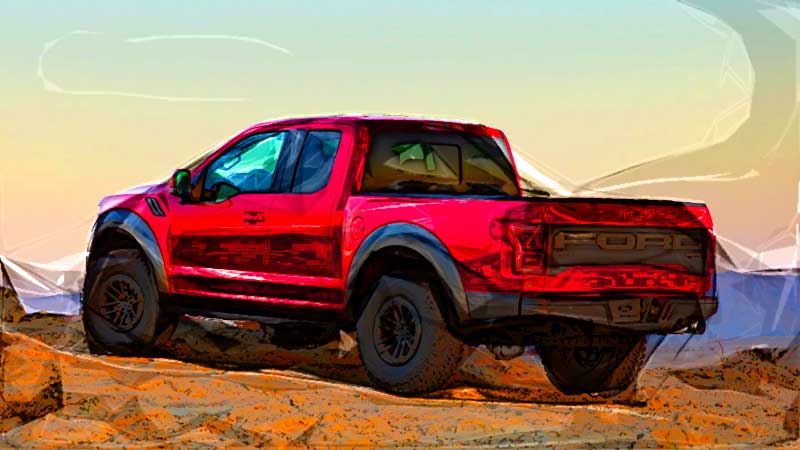
Are Pickup Trucks Safer Than Cars To Drive in 2024? | Trevino Injury Law
It is vastly recognized that the larger the vehicle the less damage done during the event of an accident. But, is this really the truth?
According to the Insurance Institute for Highway Safety (IIHS), pickup trucks are less likely to provide cutting-edge protection for passengers. In 2019, the IIHS found that passengers in pickup trucks were more likely to be injured or killed than those in other vehicles
Most people who drive these big ass vehicles drive like they aren't concerned about anyone else's safety. The amount of big ass lifted trucks speeding and cutting through traffic is ridiculous. It's a meme how huge trucks are usually road bullys cutting people off and forcing smaller cars off the road.the thing people forget to mention when they bring up bigger vehicles being more dangerous to pedestrians,
is that they are simultaneously safer for the drivers.
Yes if you get hit in the legs and roll up on the hood you are more likely to survive. than if you got ran over.
But i am more likely to be hurt by a person or a deer crashing into my windshield, than i am a person or animal getting ran tf over.
The overall concern when buying a vehicle is your personal safety, not the safety of what you may hit. pedestrians worried about big trucks should just stay out the street.
Quoted from your article.
Are Pickup Trucks Safer Than Cars To Drive in 2024? | Trevino Injury Law
It is vastly recognized that the larger the vehicle the less damage done during the event of an accident. But, is this really the truth?trevinolaw.com
According to the Insurance Institute for Highway Safety (IIHS), pickup trucks are less likely to provide cutting-edge protection for passengers. In 2019, the IIHS found that passengers in pickup trucks were more likely to be injured or killed than those in other vehicles
Larger and heavier objects are generally safer than smaller and lighter objects.
Moreover my comment isn't about automobile collisions and other general safety tests in general as mentioned in this article. I'm speaking specifically to hitting a pedestrian or animal head on ( the argument that pedestrians are making) . and the pros and cons of having them roll over the top of your vehicle vs underneath.
They mention trucks aren't safer in driver side collisions for example. duh they aren't made of any safer material.
Last edited:
levitate
I love you, you know.
In a couple of years those shyt will look like this:
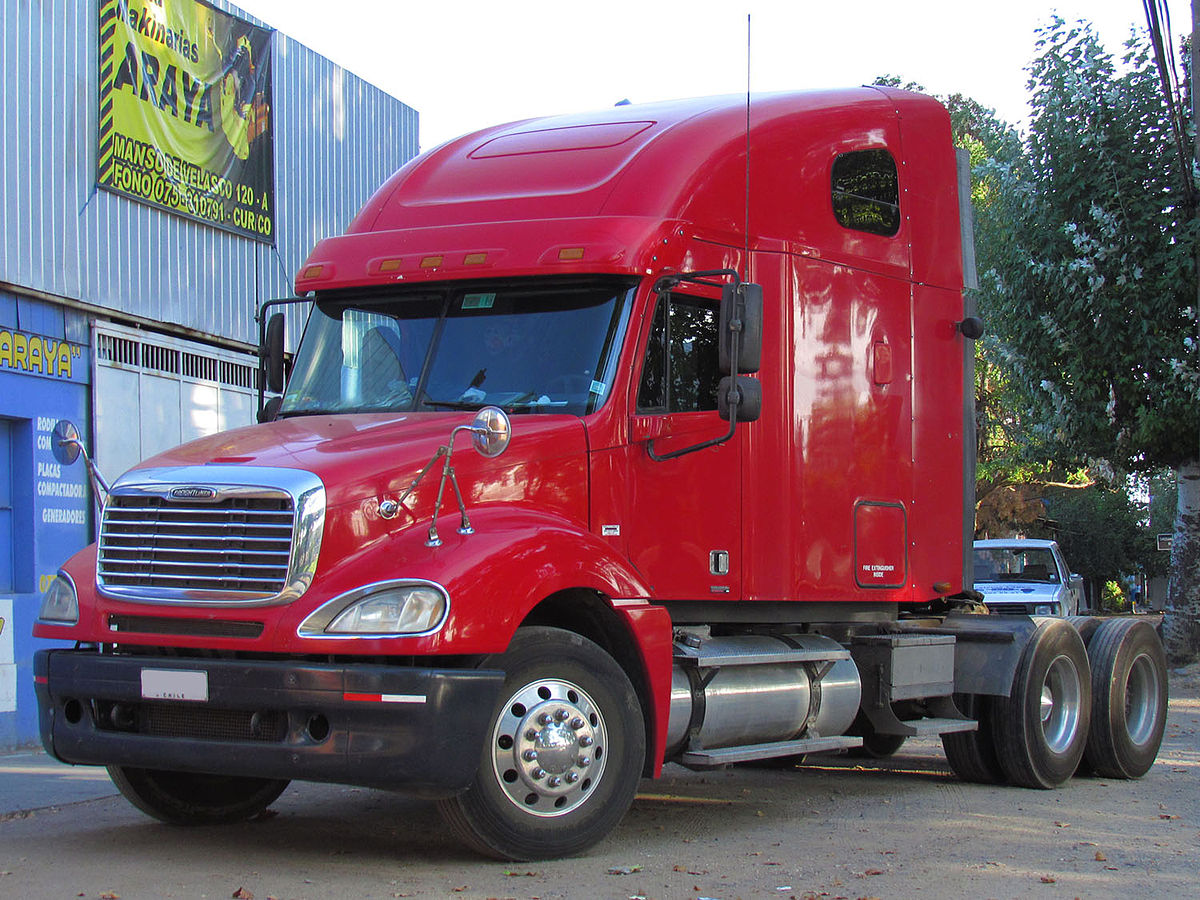

Reckless drivers are dangerous no matter what vehicle they operateMost people who drive these big ass vehicles drive like they aren't concerned about anyone else's safety. The amount of big ass lifted trucks speeding and cutting through traffic is ridiculous. It's a meme how huge trucks are usually road bullys cutting people off and forcing smaller cars off the road.
